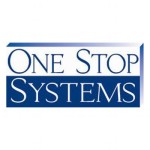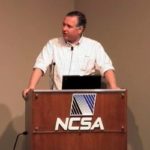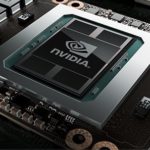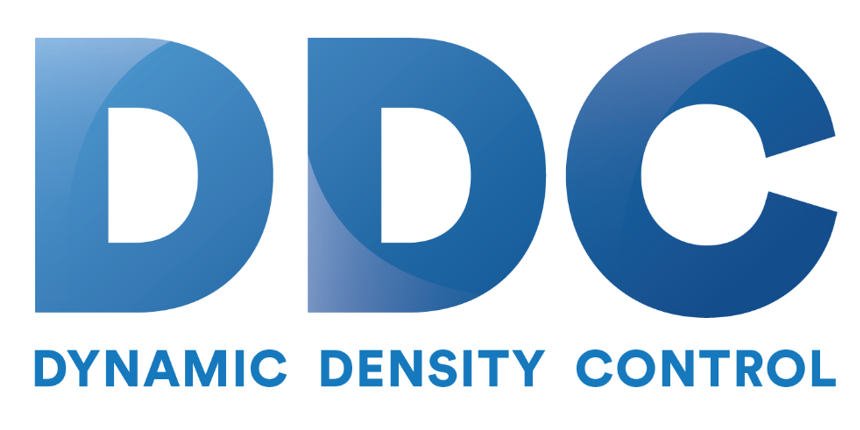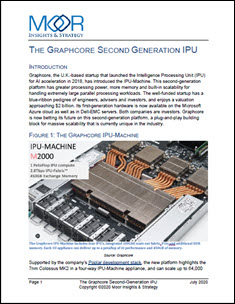Today DDN announced that it was once again ranked as the top storage provider among HPC sites surveyed by Intersect360 Research. “High-performance sites are incredibly challenging IT environments with massive data requirements across very diverse application and user types,” said Laura Shepard, senior director of product marketing, DDN. “Because we are a leader in this space, we have the expertise to provide the optimal solutions for traditional and commercial high-performance customers to ensure they are maximizing their compute investment with the right storage infrastructure.”
Archives for February 2017
One Stop Systems Rolls Out Rugged 4U All-Flash Array Data Storage Unit
Today One Stop Systems introduced an all-flash array Data Storage Unit. The Data Storage Unit is available in both a rugged version and a commercial version. The rugged version as deployed in a military aircraft is an all-flash array capable of supplying 200TB of usable PCIe NVMe flash and a DOD approved flash file system that has been a part of numerous government programs. “One Stop Systems’ expertise in PCIe expansion has helped evolve our flash products from purely expansion systems to powerful all-flash arrays,” said Steve Cooper, OSS CEO. “All-flash arrays have increasingly replaced traditional spinning disks in environments ranging from mobile devices to data centers and defense vehicles. Both the commercial and the rugged versions provide a new level of performance for applications such as real-time HPC analytics, big data and high speed data recording.”
Video: An Overview of the Blue Waters Supercomputer at NCSA
In this video, Robert Brunner from NCSA presents: Blue Waters System Overview. “Blue Waters is one of the most powerful supercomputers in the world. Scientists and engineers across the country use the computing and data power of Blue Waters to tackle a wide range of challenging problems, from predicting the behavior of complex biological systems to simulating the evolution of the cosmos.”
RCE Podcast Looks at SAGE2 Scalable Amplified Group Environment
In this RCE Podcast, Brock Palen and Jeff Squyres speak with the creators of SAGE2 Scalable Amplified Group Environment. SAGE2 is a browser tool to enhance data-intensive, co-located, and remote collaboration. “The original SAGE software, developed in 2004 and adopted at over one hundred international sites, was designed to enable groups to work in front of large shared displays in order to solve problems that required juxtaposing large volumes of information in ultra high-resolution. We have developed SAGE2, as a complete redesign and implementation of SAGE, using cloud-based and web-browser technologies in order to enhance data intensive co-located and remote collaboration.”
Tutorial on In-Network Computing: SHARP Technology for MPI Offloads
“Increased system size and a greater reliance on utilizing system parallelism to achieve computational needs, requires innovative system architectures to meet the simulation challenges. As a step towards a new network class of co-processors intelligent network devices, which manipulate data traversing the data-center network, SHARP technology designed to offload collective operation processing to the network. This tutorial will provide an overview of SHARP technology, integration with MPI, SHARP software components and live example of running MPI collectives.”
GPUs and Flash in Radar Simulation and Anti-Submarine Warfare Applications
In this week’s Sponsored Post, Katie Garrison, of One Stop Systems explains how GPUs and Flash solutions are used in radar simulation and anti-submarine warfare applications. “High-performance compute and flash solutions are not just used in the lab anymore. Government agencies, particularly the military, are using GPUs and flash for complex applications such as radar simulation, anti-submarine warfare and other areas of defense that require intensive parallel processing and large amounts of data recording.”
NVIDIA Pascal GPUs come to Advanced Clustering Technologies
Missouri-based Advanced Clustering Technologies is helping customers solve challenges by integrating NVIDIA Tesla P100 accelerators into its line of high performance computing clusters. Advanced Clustering Technologies builds custom, turn-key HPC clusters that are used for a wide range of workloads including analytics, deep learning, life sciences, engineering simulation and modeling, climate and weather study, energy exploration, and improving manufacturing processes. “NVIDIA-enabled GPU clusters are proving very effective for our customers in academia, research and industry,” said Jim Paugh, Director of Sales at Advanced Clustering. “The Tesla P100 is a giant step forward in accelerating scientific research, which leads to breakthroughs in a wide variety of disciplines.”
Hammer PLC to Distribute Spectra Logic Storage in Europe
Today UK-based Hammer PLC announced that it will be a distributer of Spectra Logic storage technology in Europe. “This is an excellent opportunity to increase our high-performance computing offering to our partners and customers,” said Jason Beeson, Hammer’s Commercial Director. “By adding Spectra Logic’s bespoke data workflow storage solutions we can reach a whole new genre of highly data-dependent users who are seeking a complete data workflow, from input and day-to-day use right through to deep storage and archiving.”
Interview: Cray’s Steve Scott on What’s Next for Supercomputing
In this video from KAUST, Steve Scott from at Cray explains where supercomputing is going and why there is a never-ending demand for faster and faster computers. Responsible for guiding Cray’s long term product roadmap in high-performance computing, storage and data analytics, Mr. Scott is chief architect of several generations of systems and interconnects at Cray.
Radio Free HPC Gets the Scoop from Dan’s Daughter in Washington, D.C.
In this podcast, the Radio Free HPC team hosts Dan’s daughter Elizabeth. How did Dan get this way? We’re on a mission to find out even as Elizabeth complains of the early onset of Curmudgeon’s Syndrome. After that, we take a look at the Tsubame3.0 supercomputer coming to Tokyo Tech.


